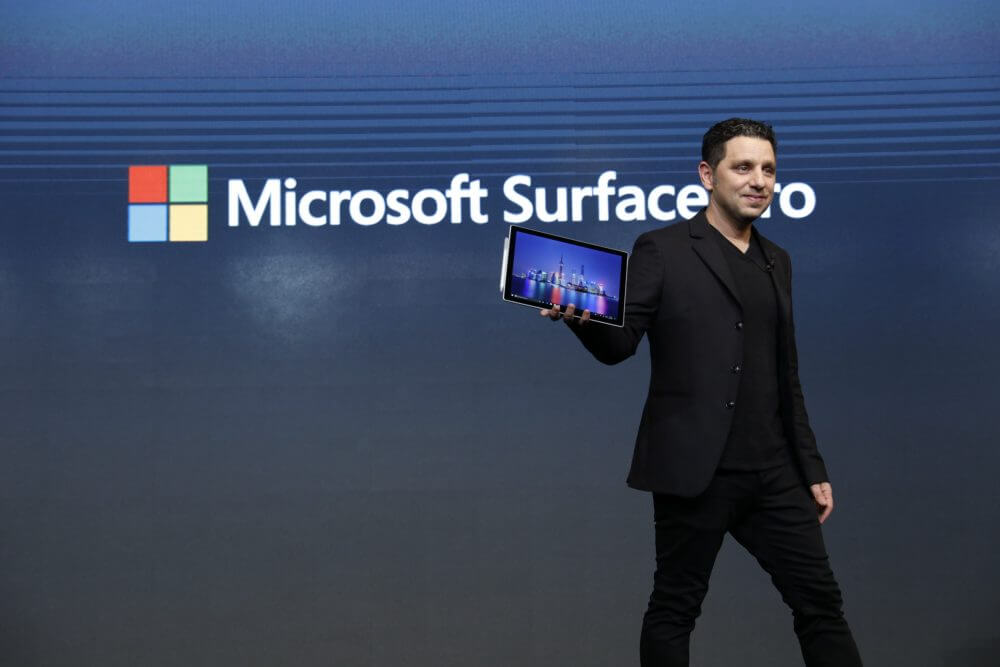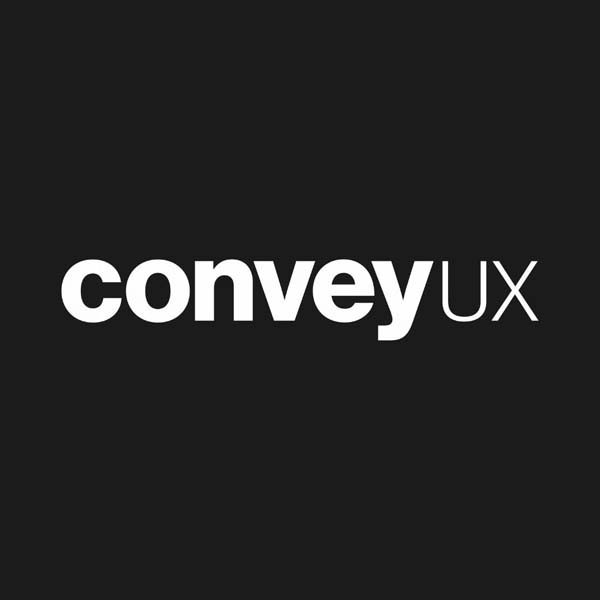Participant recruitment is part and parcel of every qualitative research for UX. It can be very time-consuming, costly and sometimes frustrating to recruit participants. After identifying the participant criteria, research methods, and settings to fit your research objectives, you can proceed to participant recruitment. Read here to see how participant recruitment works in usability testing.
You will need to decide on the method of recruitment and the fair incentives for participants. Then, you can either start worrying for no-shows or follow the plans below to prevent no-shows.
How to Recruit Participants?
1. Decide whether to remain anonymous (i.e. brand-blind or sponsor-blind)
Depending on the research objectives, researchers may decide whether to stay anonymous to the participants. By staying anonymous, participants will not know about the subject or company before, during or even after the research. The benefits of staying anonymous include:
- Prevent bias: If participants know the brand or company conducting research, they will be more likely give compliments on its products while holding back on negative comments.
- Exploring a new market segment: when you want to enter a new market segment, most of the time you will not want your competitors to know about it. You can do so by pretending to be a ‘market research’ company during the research.
2. Decide whether it is feasible to outsource participant recruitment
You can save time and effort by outsourcing participant recruitment to either a market research agency or HR recruitment company. If you are conducting a brand-blind or sponsor-blind research, it is best to engage such companies for participant recruitment in order to stay anonymous.
There is a difference between outsourcing to a market research agency or a recruitment company. A market research agency will understand your requirements better and is good for recruitment of participants with niche criteria. On the other hand, an HR recruitment company tends to have a larger pool of candidates with general criteria. Candidates tend to engage an HR recruitment company only when they are out of job. Therefore, be wary of this if you want a mix of occupation as part of your selection criteria.
Before outsourcing, you must always prepare the participant criteria and number needed, check questions, research details (preferred date, time and venue) and ask for a quote. Most of the time, you will get a quote in the form of “recruit 18, show 15”, it simply means that while only 15 participants are needed, 18 will be recruited with 3 as back-up. The quoted price includes the recruitment fee and participant incentives for all 18 of the participants.
Remember to ask the following questions when you are engaging an external agency:
- Charge per participant. The charge will depend on how difficult it is to fulfill the participant requirements.
- Screening questions. Ask whether it is possible to recruit according to the screening questions you prepare.
- Lead time. Agency will usually need two to three weeks of lead time depending on the difficulty of participant requirements.
- Facility. If you would like to use your own facility, inform the agency in advance.
3. Create a recruitment advertisement
If outsourcing participant recruitment is not feasible, you will need to recruit on your own via social media posting, online advertisement or traditional offline advertisement.
Create an advertisement with enough details. For example, if you are planning to recruit frequent Amazon users between 20 to 50 years old, in your advertisement,
- Include date, time and place (if it is confidential to provide the exact venue, indicate the building name or postal code instead)
- Indicate your participant requirements which are frequent e-commerce buyer between 20 to 50 years old.
- State your email address for them to contact you
- Include a title. “Help us improve by participating in this research” is more appropriate than “quick income opportunity”. Participants who are only interested in the incentives tend to rush through the research study and give only favorable response.
4. Be careful when recruiting through company database
You might have a big list of existing users or subscribers to your newsletter. It is intuitive to filter the list for qualified participants.
However, before you do so, you might want to consult your company’s legal department on the data protection act of your target country. You might be prohibited to contact the users or subscribers directly for research as they have consented only to receive marketing or promotions related information.
If you do not intend to stay brand-blind, consider posting a recruitment notice through your company Facebook page or company website instead.
5. Screening questions
It is important to have a checklist to filter for qualified participants and be a little tactful or indirect when preparing it.
For example, if the participant requirement is frequent Amazon users who purchase at least once a month, instead of asking whether they purchase from Amazon frequently, try asking about their general e-commerce experience.
Do not list all your requirements and ask the participants whether they fulfill your requirements. There will be participants who will say yes but turn out to be unqualified. For the above example, you can provide a list of e-commerce companies including Amazon, Best Buy, and eBay etc. for them to choose from and indicate the items purchased.
6. Filter out competitors
While occupations might not be your recruitment criteria, always request participants for their occupations. You do not want to have an employee from competitor company sitting in as your participant.

Determine the fair amount for participant incentive such that you don’t overpay or underpay.
Determining Participant Incentives
There is always the question of how much is enough when it comes to participant incentives. You don’t want to overpay and you don’t want to underpay either. Too little incentives will not be effective in motivating people to join your study. On the other hand, too much incentives will result in participants who are only interested in the incentives.
Participant incentives will differ according to geographical location. The usual rate for participant incentive in the USA is 100 USD for a 1 to 1.5 hours research session. However, the same research may pay 1000 Baht (30 USD) in Thailand or 100 SGD (72 USD) in Singapore. If you require participants with very niche criteria such as medical professionals or psychological experts, be prepared to offer more incentives. It is harder to find participants as the population pool is small.
In order to determine the fair incentives for respective countries and professions, consult your local HR team! With their expertise in local salary benchmark and salary range, they will be able to help you decide the reasonable participant incentives for your research.
Preventing No-shows
Sometimes even when you have spent considerable efforts to prepare for your research, your participants might not show up. Regardless of how valid are the reasons for no-shows, it can be rather frustrating, especially when you have deadlines to meet. Follow the steps below to minimize the chances of no-shows:
Preparing Back-up
As mentioned earlier, when you engage an agency to recruit research participants, they will quote in the form of “recruit 18, show 15”. Even as professional, it is hard to ensure that all the participants show up, that’s why it is a good idea to over-recruit. The rule of thumb is to recruit 1 to 2 back-ups for every 5 participants.
Having more participants above the required minimum is always better than not having enough participants, the cost is worth it. If the setting is an individual interview or usability testing and there is spare time, you can even conduct the research session with the back-ups to gather more sample.
One Week Before The Research
You should always verify your participants not only through email but also through a phone call. Arrange a small chat with them over the phone to let them know more about the research settings, whether it is an interview, focus group discussion or usability testing etc while not mentioning the subject of research. Ask them to confirm the date and time.
(Tips: This is important especially when you are conducting research in English in a non-English speaking country. You can get to know their English proficiency and assess whether there is a need to have a translator standing by.)
At this stage, if it is difficult to arrange a call or reach the participant over the phone, it is a strong indicator of a potential no-show. You might want to politely reject this participant and invite other potential participants.
One Day Before The Research
Call the participants one day before to remind them of the date, time and venue. Remind them that they should reach 15 minutes earlier to complete the formalities by filling in forms and questionnaire.
On The Day of Research
Call the participants one hour before their sessions to make sure that they are on the way. If they do not reach 10 minutes before their session, utilize the backup participant instead.
Conclusion
While participant recruitment is very tedious, a suitable participant is fundamental to every successful qualitative research for user experience (UX).
Make sure that you apply the screening questions to filter for qualified participants and remind them at least once a day before to prevent no-shows.
You will get used to the process very soon!




















